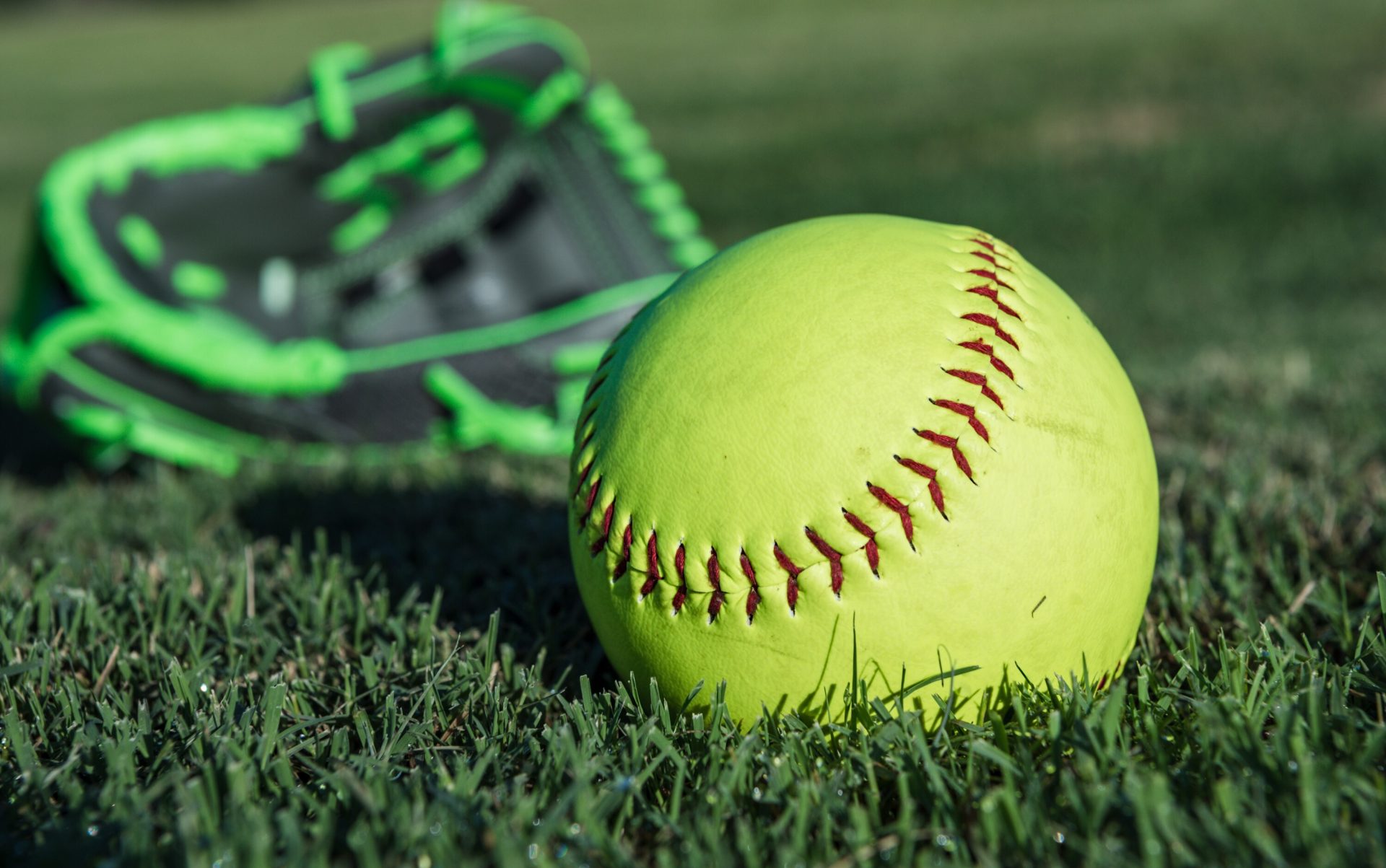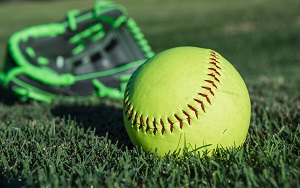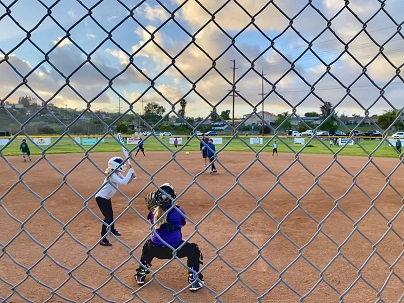Softball provides an unforgettable experience to those who step up to the plate, with passions soaring and potential limitless. Whether you’re experienced or just starting out on this joyous journey of camaraderie and self-improvement, our guide takes you through all levels from tee ball onwards – so your skills can shine as bright as a golden summer’s day!
For those just starting in the sport, understanding proper form and technique is essential for success. We’ll walk you through helpful drills and exercises that will help build confidence while strengthening weak areas. Regardless of experience level or age, these drills are designed to ensure athletes stay sharp no matter what challenges they face during their season.
Finally, we offer advice for players looking to take their game to the next level – whether it’s competing at higher levels or simply fine-tuning existing skills. Make sure you’re prepared for game day by following our tips for improving agility, power, accuracy, and speed! With this guide in hand, any athlete can become a formidable force on the diamond.
Fundamental Techniques
Softball success is built on a foundation of fundamentals. It requires applying both physical and mental skill to the game, as well as developing technical expertise with ball control, pitching technique, and catching basics. Understanding these principles can be key for players looking to elevate their overall performance.
When it comes to ball control, players need to be able to field ground balls with both hands while maintaining proper balance and body position. Proper positioning is also important when fielding fly balls; players should practice tracking the ball into their glove before they make any attempt at throwing it back toward home plate. In addition, mastering how to throw accurately across long distances requires precision footwork and arm strength.
Pitching mechanics involve teaching pitchers how to properly grip a pitch, gain momentum during delivery, and follow through correctly to maximize the velocity and accuracy of throws. Catching fundamentals include learning how to set up behind the home plate, block pitches in the dirt by keeping one’s chest down, frame strikes from umpires’ views, and tag out runners attempting to steal bases. These skills can take time to master but are essential if one wishes to reach an elite level of play. With correct practice habits coupled with a dedication to improvement, these fundamentals can become second nature over time. To further ensure success on the diamond, having access to proper equipment and gear is just as important…
Proper Equipment And Gear
Equipping yourself for softball success is like packing for a journey: you need the essentials and must be prepared for whatever comes your way. Proper softball equipment and gear are essential to any tee ball player or aspiring athlete looking to make it through tryouts and onto the team. Softball skills development starts with making sure you have all of the necessary items in your arsenal.

Start by investing in a good glove, preferably one made from leather that will mold to your hand over time. Don’t forget cleats as well; they should fit snugly but not too tightly around your feet. A batting helmet with a faceguard is also needed to protect against foul balls, while an athletic cup is important no matter what position you play. You’ll want a quality bat to hit the ball consistently; there are many different types available so do research beforehand on which could best suit your needs. Finally, don’t forget about water bottles—hydration plays an important role during games and practices alike!
By having all of these pieces of gear readily available, you can focus more on perfecting drills and exercises that will help enhance your skillset rather than worrying about whether or not you have everything you need.
Drills And Exercises
Now that you have the proper equipment for softball, it’s time to focus on drills and exercises. Softball skills development requires a combination of physical strength, speed, agility, and coordination. You can practice these elements in individual or team-based drills and exercises at home or in the field. Here are five essential drills to get started:
- Softball Drills – Focus on fundamentals like throwing, catching, fielding grounders, and pop flies; as well as batting and running techniques such as balance and footwork.
- Speed Drills – Improve your quickness with sprints, plyometrics (jumping), power skips, agility ladders, lateral shuffles, and other similar activities.
- Agility Drills – Enhance your reaction times by practicing agility moves like base runs, jumps over obstacles, and various cuts.
- Hitting Drills – Work on your accuracy and timing when hitting balls from a tee or pitching machine.
- Fielding Drills – Practice defensive plays like backhands, forehands, double plays, infield fly rules, etc., so you can properly react quickly during game situations.
With this foundation of physical preparation established through consistent practice of these drills and exercises, now comes the mental side of softball skills development – getting into the right frame of mind before every game!
Mental Preparation
Mental preparation is just as important for softball success as physical training. Mental strength, psychological readiness, and confidence building are essential components of the game. As a player develops their skills on the field, it’s equally important to develop mental toughness and focus techniques that will help them excel during competition.
Visualization exercises can be an effective tool in increasing confidence levels and improving performance. Visualizing yourself succeeding with certain plays or achieving personal goals can help you feel prepared before stepping onto the diamond. It’s also beneficial to practice relaxation methods like deep breathing and positive affirmations when feeling anxious or overwhelmed. These activities will calm your nerves so you can stay focused in high-pressure situations.
Developing strong mental strategies is key for any athlete looking to take their skill set to the next level. With consistent work, both mentally and physically (uniforms for softball), players can become more confident in their abilities and gain greater control over their performances on the field.
Conclusion
Now that you have all the knowledge and skills necessary to excel in softball, it’s time to put your training into action. Over 90% of youth athletes who practice regularly will improve their performance on the field. This statistic alone should serve as an incentive for young players to stay dedicated and continuously strive toward achieving greatness.
As a coach or parent, it is important to provide guidance and support throughout this journey. It can be difficult at times but always remember that there are no shortcuts when it comes to success. Your job is to help build confidence by providing positive reinforcement during practices and games. With enough hard work and dedication, any player can reach their goals!
Overall, developing softball skills requires patience, determination, and commitment from both coaches and players alike. By following the steps outlined in this guide, everyone involved should gain insight into what it takes to become a successful athlete – from tee ball through tryouts!

























